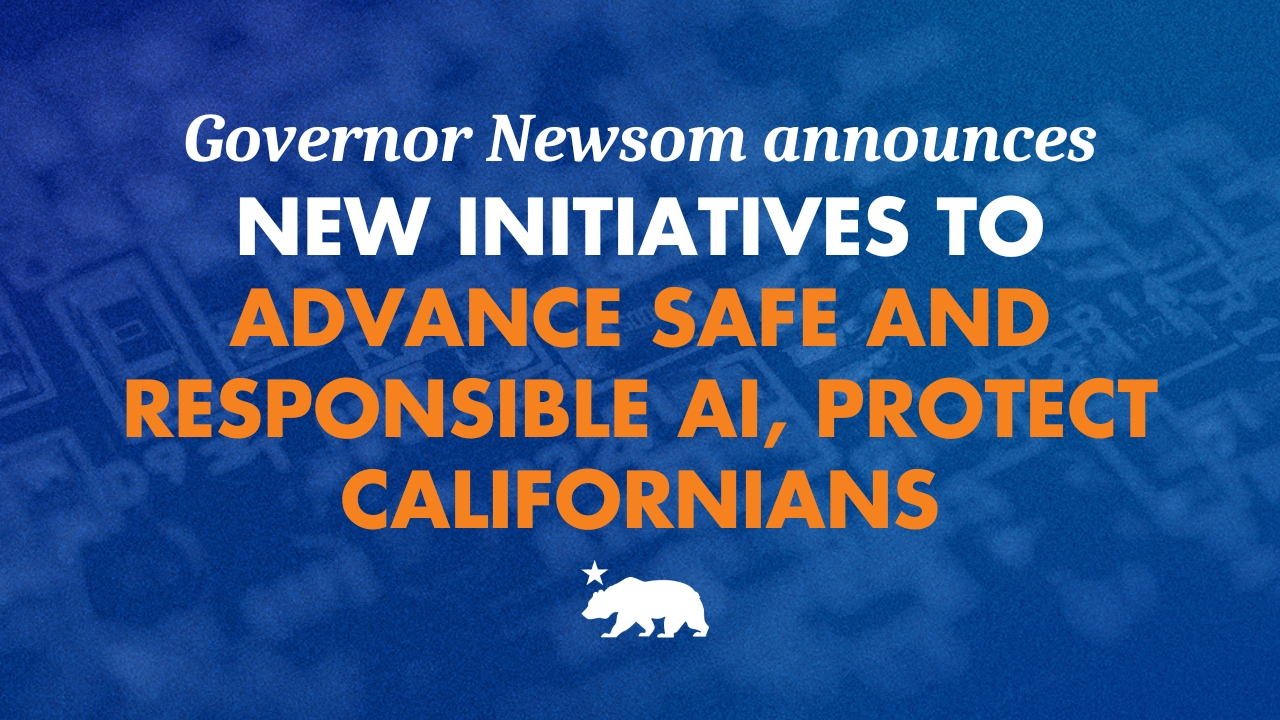
On October 13, 2025, California Governor Gavin Newsom signed Senate Bill 243, which was officially implemented. This legislation, known as the "first AI chatbot protection measure in the United States", clearly stipulates that any AI interactive system that may be mistakenly identified as a real person by ordinary users must proactively identify itself in a "clear and conspicuous" manner. In the current era when generative AI technology is becoming increasingly realistic and its application scenarios continue to penetrate, this bill not only sets a new benchmark for AI regulation in the United States but also becomes an important milestone in the global process of transparent governance of artificial intelligence.
The introduction of the AI identification bill is by no means accidental; rather, it is an inevitable outcome of the risk of technological out-of-control forcing regulatory upgrades. With the iteration of large models like GPT-5, AI has been able to accurately simulate human tones to complete customer service conversations, emotional companionship, and even professional consultations. However, chaos such as "AI product impostors" and "virtual human fraud" has occurred frequently. Users are highly likely to suffer losses due to identity misjudgment in key scenarios such as financial advice and health consultations. Although the EU's "Artificial Intelligence Act" previously focused on the transparency of training data, it did not make clear regulations on human-computer interaction identity recognition. However, the California bill directly addresses the core pain point of "AI disguising real people", filling the regulatory gap.
Judging from the content of the bill, its core value lies in establishing a "risk pre-positioning" protection mechanism. The bill not only requires identity declaration at the initial stage of the conversation, but also refines the rules for high-risk scenarios - starting from 2026, companion AI platforms must submit a safety measures report to the state suicide prevention office every year and publicly disclose their response plans for dealing with users' suicidal tendencies. This dual framework of "identification + risk control" not only guarantees users' right to know but also reduces the risk of AI abuse through a mandatory disclosure security mechanism. Compared with the SB 1047 bill that was rejected last year, the new bill abandons overly strict testing requirements and instead adopts a flexible regulation centered on "user protection", achieving a balance between innovation and security.
As a benchmark for regulatory innovation, the demonstration effect of this bill has begun to emerge. As a core hub for the global AI industry, California's legislative trends have always been of guiding significance. After the bill came into effect, tech giants like OpenAI and Google have begun to adjust their product interfaces, adding prominent AI identity identifiers to dialogue systems such as ChatGPT and Bard. More importantly, it forms a regulatory synergy with the SB 53 bill previously passed in California - the former focuses on interaction transparency, while the latter requires large AI enterprises to disclose their security frameworks, jointly building a regulatory system covering the entire chain from "development to application". This hierarchical regulatory approach provides a governance model that other countries can refer to.
However, the implementation of the bill still faces the dual challenges of technical adaptation and enforcement boundaries. At the technical level, there is still controversy over how to define the standard of "clear and eye-catching" : text prompts are easily overlooked, voice statements may disrupt the interaction experience, and there is no consensus on the identification method in multimodal scenarios. At the implementation level, the regulatory challenges for cross-border AI services are particularly prominent - if foreign AI enterprises have not established entities in California, the civil penalty power of the state attorney general's office will be difficult to implement. Furthermore, the bill does not cover the identification requirements for AI-generated content, and the regulatory differences resulting from the EU's training data disclosure rules may lead to an increase in compliance costs for enterprises.
From a global perspective, the California bill has driven the transformation of AI regulation from "principle advocacy" to "detailed rules". The EU focuses on the traceability of training data, while California emphasizes the transparency of interactive identities. Together, they outline the core framework of global AI governance. For users, the right to AI identification will become a fundamental right in the digital age, just as food labels safeguard the right to know, building a safety barrier for human-computer interaction. For the industry, short-term compliance costs may cause some pain, but in the long run, transparency will enhance user trust and instead open up a broader market space for AI enterprises.
The development of artificial intelligence has never been a one-sided rush of technology, but rather a coordinated evolution of technological progress and social norms. The value of California's AI identification Act lies not only in establishing the fundamental rule that "AI must self-report its identity", but also in exploring a balance between technological innovation and risk prevention and control. When AI voluntarily says, "I am artificial intelligence," it is not only a sign of respect for users but also a sign of the technology's maturity. In this new journey of human-machine symbiosis, such transparent supervision will continue to safeguard the healthy development of artificial intelligence.

The global electric vehicle market in 2025 is experiencing intense turbulence. Tesla, once a disruptor that reshaped the industry landscape, is now mired in an unprecedented sales crisis.
The global electric vehicle market in 2025 is experiencing …
Recently, Chinese telecom companies Huawei and ZTE signed a…
Recently, according to Xinhua News Agency, Israel's air str…
A strongly worded report from the Equality Trust argues tha…
On November 27, 2025, Alibaba officially entered the global…
The focus of the global financial market in 2025 has always…